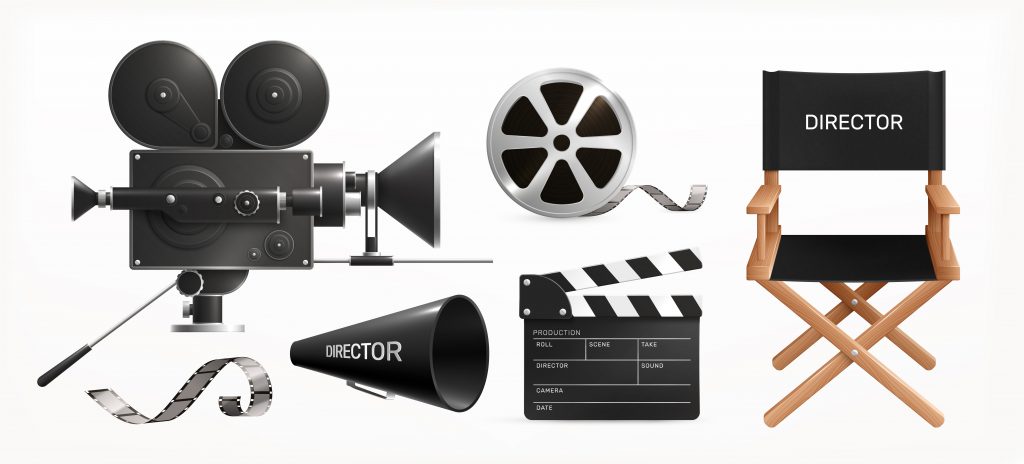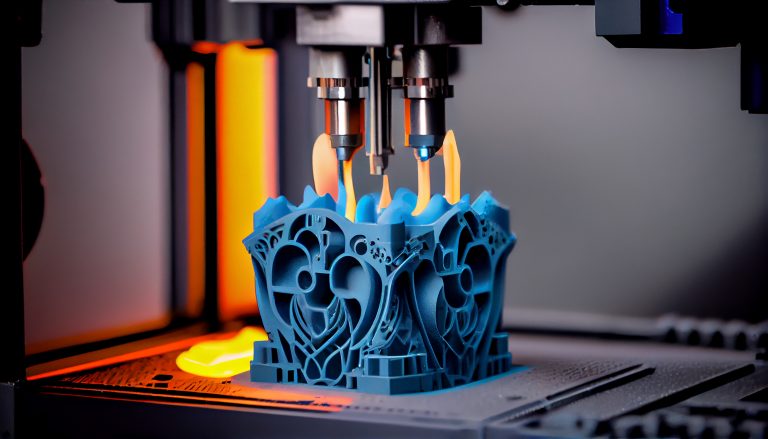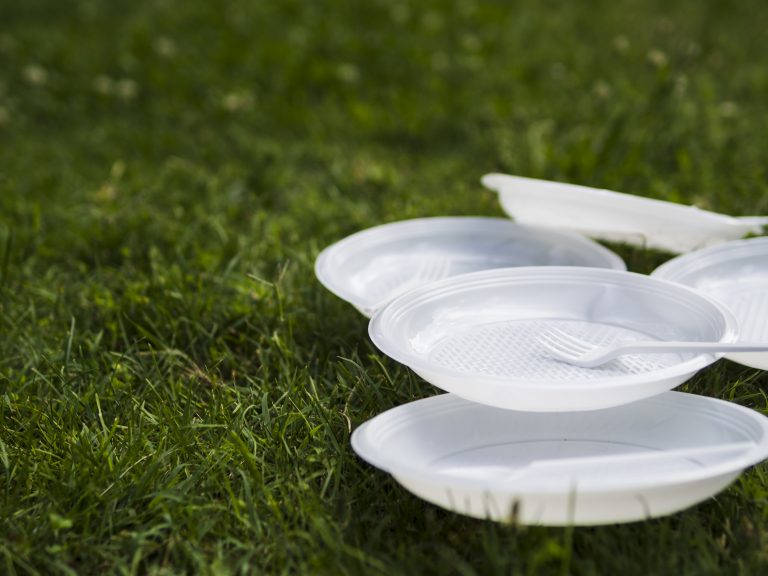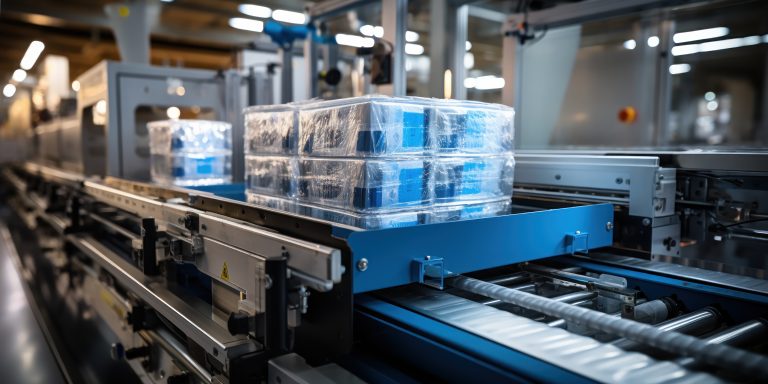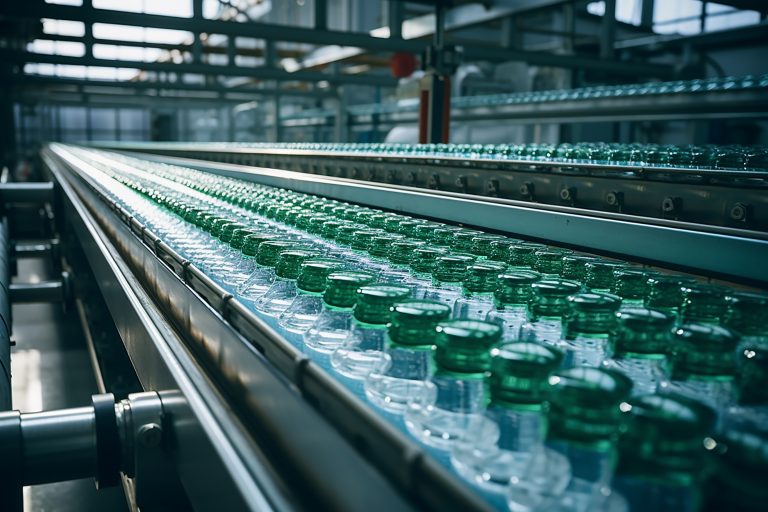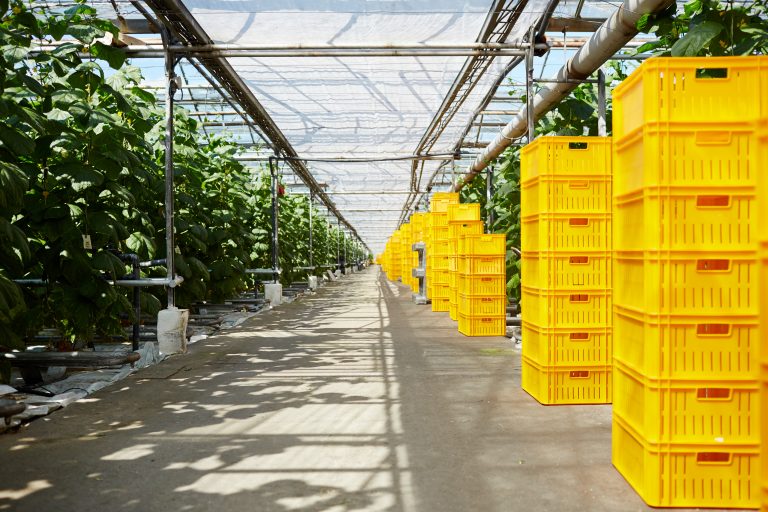The magical worlds of theatre, film and performing arts require a great deal of versatility and imagination when it comes to making props, scenery and special effects. One-off designs are frequently needed and specifications must be both detailed and correct. This is because the resulting props and backdrops will be judged and scrutinised by highly attentive audiences who will spot any inaccuracies or flaws. Injection moulding is, therefore, a highly suitable manufacturing process for performing arts projects of all kinds. So many different effects can be created using inexpensive materials and cleverly-designed moulds. The range of plastics that can be used to create different effects is also wide too, from silicone and latex to polyurethane and epoxies.
The injection moulding process can cope with one-off, bespoke creations for performing arts projects as easily as repeat, high-volume orders. Mould designs can be intricate or simple, involving pretty much any colour, texture, shape and size under the sun. Some props, scenery pieces etc. can be re-used for multiple productions, while others will only be needed for a short space of time. These latter pieces can be recycled or refashioned into something else, auctioned off or kept safely in storage as part of the theatre or film company’s archives.
Injection moulding for weapons, props and artefacts
Very often, the props you see in a theatre show, film or TV programme are not quite what they first seem. Injection moulding is a vital method for producing weapons that look like the real deal, but do not cause any actual harm to the actors and crew who handle them. Fake guns, retracting knives, ‘bronze’ statues that look heavy but weigh very little can all have a dramatic effect when used as weapons in action films. Fake designer necklaces and objects d’art produced using injection moulding methods will not break the bank quite as much as hiring in the real thing. Tracking down a rare, historical or foreign artefact is made far easier when it can be reproduced closer to home via injection moulding instead.
Injection moulding sets and scenery
Props are not the only aspect of set dressing that can involve plastic injection moulding. The backdrops and scenery can be made using this versatile technique. Plants and trees; walls and windows can all be created by an injection moulding machine to produce the exact dimensions, size and colours required. This is especially useful if there is limited space for set dressing, such as in a reparatory theatre or small film or TV studio. Smaller details in a set or scenery backdrop can also be formed using injection moulding, even if the main components are constructed from wood or metal, or already exist outdoors. Making plastic lamps, mantlepieces, furniture, artwork etc. is just one way in which injection moulding can help create authentic scenery and sets for theatre, film, photography or TV.
Equipment and electronics
Injection moulding can impact on every single aspect of making a film or TV production. Cameras, microphones and other electronic devices that are used will, in all likelihood, have one or more component made via injection moulding. Printed circuit boards, protective camera casings, lens covers and cabling are just a few examples of injection moulding applications for filming equipment. Then, there are the mobile phones, headsets and walkie-talkies used to communicate on set or backstage, theatre and studio lighting set-ups and microphones. Special effects applications are another key area for injection moulding. Lights, filters, soundcards, microchips and editing hardware will all have had some element of injection moulding involved in their manufacture.
Commercial displays, advertising and marketing
Much of a film or theatre production’s commercial success relies on eye-catching, effective marketing and publicity. It is becoming more common to supplement digital and billboard-based marketing campaigns with stunts and activities designed to be filmed and go viral on social media. Injection moulding can play a part here, too, as it can be utilised to design and manufacture unique items for use in promotional films and activities. It can also produce replicas of props and items used in the main production. These can be used in marketing and advertising without anyone needing to borrow the versions used on stage or in the studio. Other uses for injection moulding that sit outside the actual scenery, props and film-making equipment include signage, storage and crew and audience seating around the studio, TV set or theatre.


